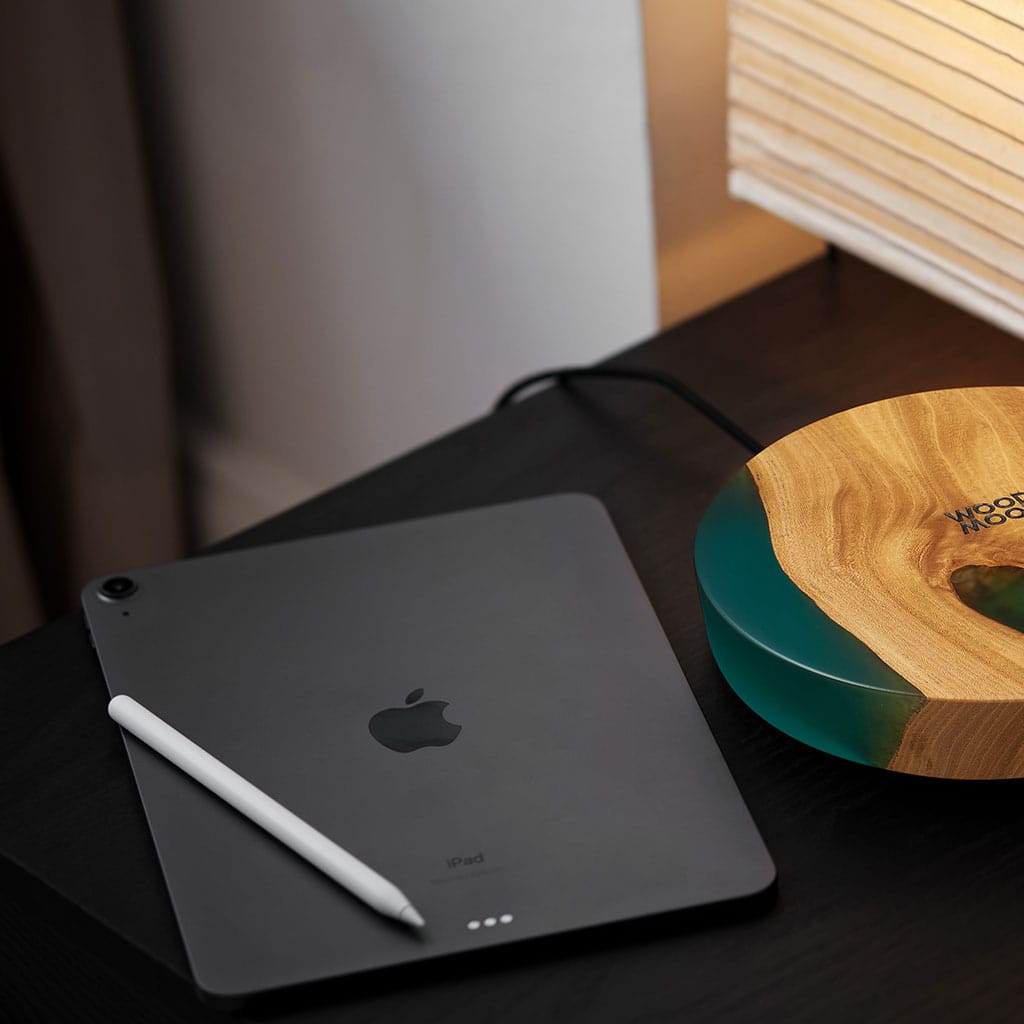Can you use a Mouse with an iPad
Can you use a Mouse with an iPad
Discover how the iPad’s accessibility features extend beyond touch interaction. This article delves into the compatibility, setup, and benefits of using a mouse as an input device with your iPad, enhancing navigation and usability for a diverse range of users.
Discover the magic of iPad – can you unlock its full potential with a mouse?
Certainly, you can use a mouse with an iPad, thanks to the accessibility features introduced in iOS and iPadOS. This capability is particularly useful for individuals who may have difficulty using touch gestures or prefer the precision of a mouse. Here’s a detailed explanation of how to use a mouse with an iPad:
- Compatibility and Requirements: To use a mouse with your iPad, you’ll need a few things:
- iPadOS 13.4 or later: This version introduced full mouse and trackpad support.
- A Compatible Mouse: Most Bluetooth or USB mice are compatible. For a USB mouse, you’ll need an iPad model that supports USB connections through an adapter.
- An Adapter (if using USB): If your iPad has a Lightning port, you’ll need a USB to Lightning adapter. If your iPad has a USB-C port, a USB-C to USB adapter might be necessary.
- Connecting and Configuring the Mouse:
- Bluetooth Mouse:
- To connect the mouse, follow these steps: Activate the pairing mode on the mouse, then navigate to the “Settings” menu and select “Bluetooth” on your iPad.
- USB Mouse:
- Transform your iPad into a productivity powerhouse by effortlessly connecting a USB mouse using the perfect adapter! To configure the mouse settings, go to “Settings”, then “Accessibility”, followed by “Touch”, “AssistiveTouch”, and finally “Devices” once connected.
- You can adjust tracking speed and customize button actions.
- Using the Mouse:
- With the mouse connected, you’ll see a circular cursor on the screen. Move the mouse to navigate the cursor around the iPad’s interface.
- Left-clicking the mouse is equivalent to tapping on the screen. Right-clicking opens contextual menus, similar to a long press on the touchscreen.
- The scroll wheel on the mouse functions as you’d expect, allowing you to scroll through documents, webpages, and apps.
- Gestures like pinch-to-zoom, swiping, and multi-finger gestures still work using the mouse. The cursor changes to indicate these actions.
- Enhancing Accessibility:
- Mouse support is especially beneficial for people with motor impairments or those who find touch gestures challenging.
- You can adjust settings further in “Settings” > “Accessibility” > “Touch” > “AssistiveTouch” to customize the mouse pointer’s behavior.
- App Compatibility:
- Most apps are compatible with mouse input, but some might require optimization for the best experience.
- Apps that offer cursor support often provide enhanced functionality. For example, using a mouse in productivity apps like Microsoft Office or creative tools like Adobe Photoshop can greatly improve precision.
Using a mouse with an iPad can enhance navigation and interaction for a range of users. It’s an excellent example of how technology is continually evolving to ensure that devices are more inclusive and adaptable to diverse needs.
Unlock the magic of a wireless mouse on your iPad!
Nowadays wireless mice are becoming more and more popular among tech users, even going as far as supporting tablets like the iPad. Although keyboards are somewhat easier to configure to work with tablets, connecting a wireless mouse can be difficult for some people because the instructions may not be clear or obvious. Unlock the magic of your iPad by seamlessly connecting a wireless mouse – your ultimate guide awaits!
First, turn on your wireless mouse and put it into pairing mode. This means that you have to press the pairing button located either in the underside of the mouse or in its battery compartment until you see a blinking light that indicates pairing mode is enabled. Once your mouse is set up, you will need to enter settings on your iPad by opening the app on its home page. Inside Settings, go to Bluetooth and turn it on if it is not already active. Your wireless mouse should now appear in the Bluetooth devices list – select it and follow any further prompts on screen until it has been successfully connected. After that you are all set! Enjoy using your wireless mouse with your iPad and remember that most other bluetooth peripherals such as keyboards also work similarly with devices like these.





You must be logged in to post a comment.